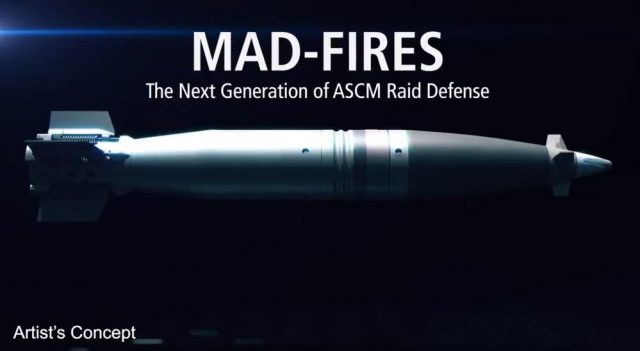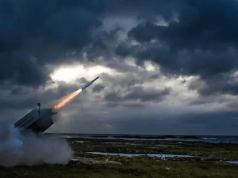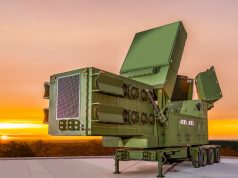The US Defense Advanced Research Projects Agency has awarded Raytheon a $32.5 million contract modification for the third phase of the Multi- Azimuth Defense Fast Intercept Round Engagement System (MAD-FIRES) program.
MAD-FIRES aims to advance the defensive gun systems by creating a new, low-cost technological foundation for guided, gun-launched projectiles. Specifically, MAD-FIRES aims to incorporate enhanced ammunition rounds able to alter their flight path in real time to stay on target, and a capacity to continuously target, track and engage multiple fast-approaching targets simultaneously and re-engage any targets that survive initial engagement.
During the 27-month phase 3 baseline program, the Raytheon team will focus on seeker development and performance. The company proposes to make performance enhancements to the successful Phase 2 projectile and develop a functional demonstration illuminator and engagement manager to engage and defeat a representative surrogate target.
Work under this contract is expected to be completed by November 2022.
DARPA initiated the development of MAD-FIRES to counter threats to ships posed by unmanned vehicles, missiles, small planes, fast in-shore attack craft and other platforms. The agency argues that current close-range gun systems would greatly benefit from an ability to engage multiple and diverse targets coming from a range of directions and do so rapidly and with high precision.
The goal of the program is to design and develop technologies associated with a medium-caliber guided projectile that would combine the guidance, precision and accuracy generally afforded by missiles with the speed, rapid-fire capability and large ammunition capacity afforded by bullets.
While the program currently focuses on surface assets, it has potential future applicability to air and ground platforms.



























